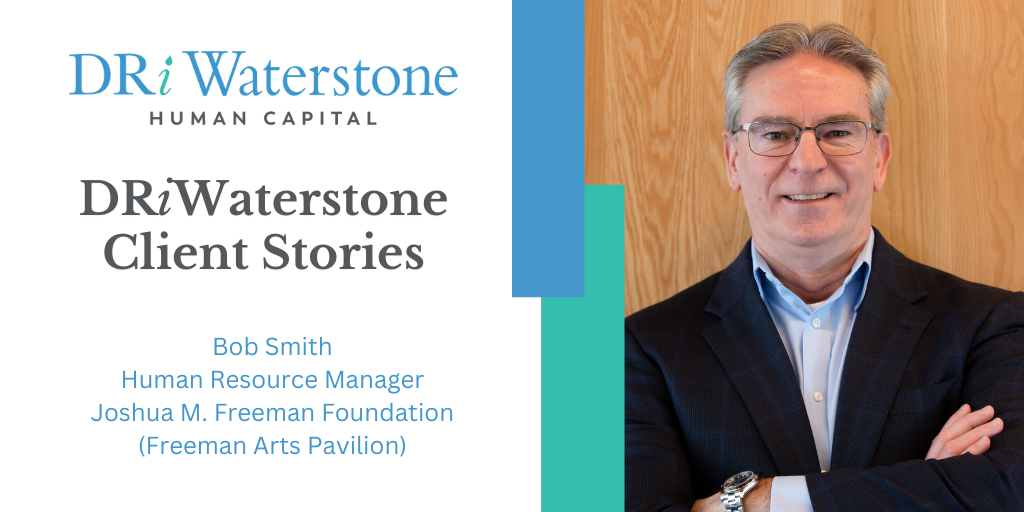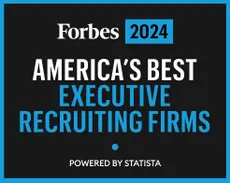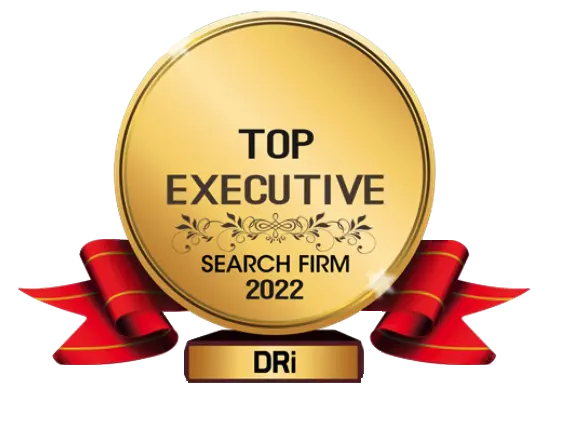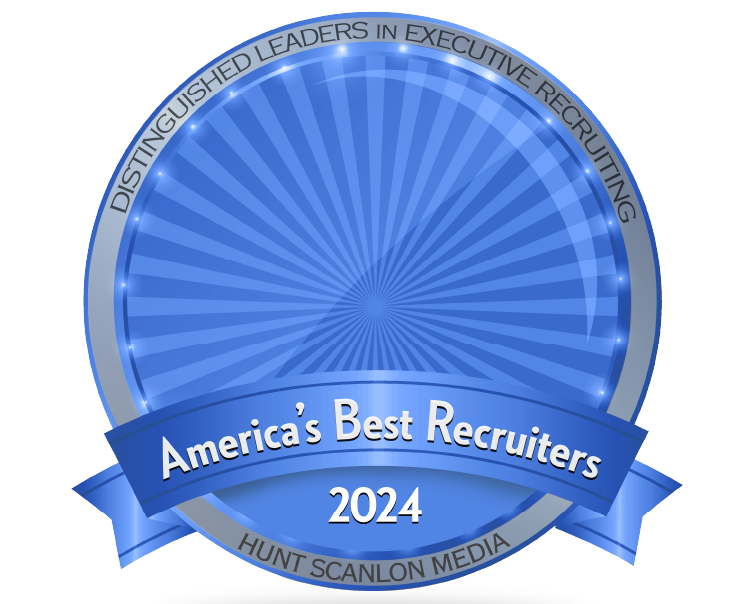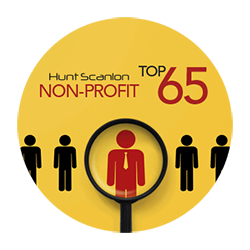The non-profit sector is crucial in addressing societal challenges and positively impacting communities. As the torchbearers of social change, non-profit, and social impact organizations must actively seek out and cultivate the next generation of leaders to sustain their missions. This means making succession planning a priority!
When it comes to succession planning, you have two options: identifying and nurturing the next-generation leaders within your organization or attracting them from outside your current workforce. In this blog post, we will focus on five strategies for attracting next-generation talent into your organization.
1. Leverage Digital Tools Including Social Media
Next-generation leaders are digital natives accustomed to seamless technology integration in their personal and professional lives. Organizations must embrace the power of the digital world to attract the next generation of non-profit leaders. Leverage tools such as online job boards like Glassdoor, your website, and social media channels like LinkedIn, YouTube, or TikTok, where you can showcase your organization’s work, impact, and culture. By demonstrating a forward-thinking approach, non-profits can create a digital showcase that aligns with the skills and expectations of emerging leaders—and you’re more likely to attract them on platforms they already use.
2. Highlight Purpose and Impact
One of the defining characteristics of the next generation of leaders is their strong desire for purpose-driven work. Whether that means leading an environmental conservation group, advocating for free healthcare, or spearheading changes in government, the next generation of leaders are passionate about social change. Non-profit and social impact organizations have a unique advantage in this regard, as their missions are often deeply rooted in creating positive outcomes for their communities and, in some cases, the world. To attract these leaders, clearly communicate your organization’s impact and how each role contributes to the greater good. Use your your website and social media posts to share compelling stories of the lives touched and transformed by your non-profit’s efforts, inspiring potential leaders to become an integral part of the journey.
3. Foster Diversity, Equity, Inclusion, and Belonging (DEIB)
Diversity, equity, inclusion, and belonging are not just buzzwords but essential components of effective leadership and organizational success. The next generation of leaders deeply values diversity and seeks inclusive workplaces that honor various perspectives and backgrounds. To attract these leaders, actively promote diversity in your team and showcase your commitment to creating an inclusive environment, whether that takes shape as employee resource groups, DEIB training, continuing education, or initiatives that promote equity and belonging.
4. Support Work-Life Balance
The next generation of leaders value work-life balance and flexibility. When possible, non-profit and social impact organizations can stand out by offering adaptable work arrangements, remote work options, and policies that promote emotional and physical well-being. Flexibility can enhance job satisfaction and help accommodate the evolving needs of up-and-coming talent who may be juggling multiple responsibilities—such as growing families, caring for ageing parents, and more. Creating an environment that meets the business needs of the organization while allowing flexibility to support its people can help your organization attract and retain dedicated, motivated, and committed leaders who can drive long-term success.
In summary, to attract the next generation of leaders, organizations need to leverage digital tools to showcase their work and culture, emphasize purpose and impact, foster diversity, equity, inclusion, and belonging, and support work-life balance through flexible work arrangements and policies that promote well-being (whenever possible).
But what about top talent already in your organization? Keep an eye out for an upcoming blog on how to identify and nurture next-generation talent within your current workforce.
Let Us Help You Attract and Retain the Next Generation of Leaders
For over 25 years, DRiWaterstone Human Capital has been dedicated to matching mission and purpose-driven organizations with top purpose-driven candidates. Our team of experts have developed an extensive network and knowledge of the non-profit and social impact sectors, and we excel in helping our clients find the best possible talent to support their growth and performance goals.
Let’s start a conversation—contact us today to talk to one of our dedicated team members.

